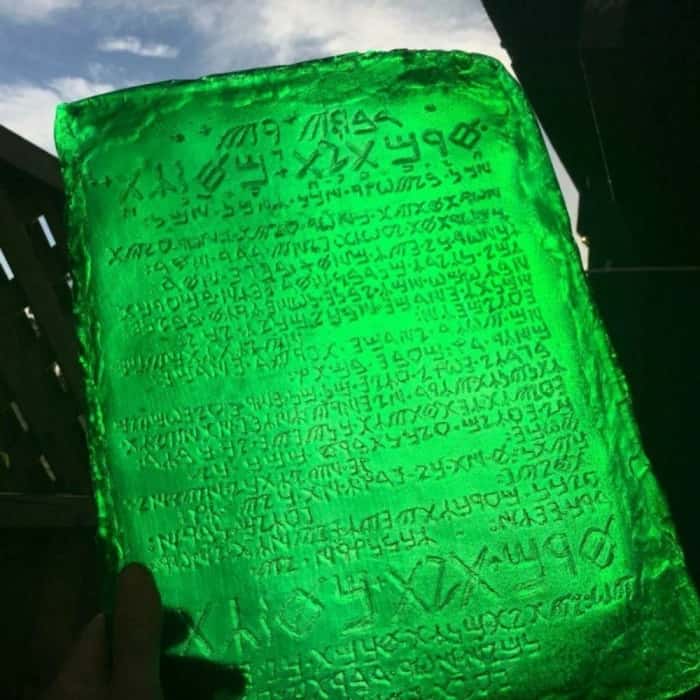
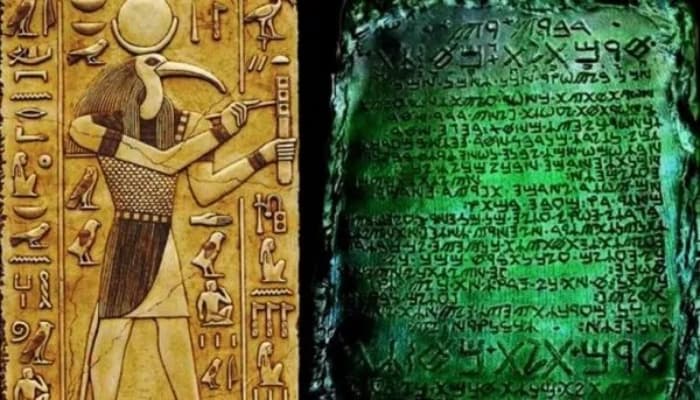
Explore the Emerald Tablets. From ancient Egypt to modern minds, Journey through myth, magic, and expanding wisdom that still shapes spiritual thought today.
1- What Are the Emerald Tablets?
2- Origins of the Emerald Tablets
3- Who Wrote the Emerald Tablets?
4- Are the Emerald Tablets Real or Symbolic?
5- Where Were the Emerald Tablets Found?
6-Hidden Knowledge Within the Emerald Tablets
7- The Significance of the Emerald Tablets in Modern Spirituality
8- How to Read the Emerald Tablets: A Simple Guide to Ancient Wisdom
9- Timeless Teachings of the Emerald Tablets
10- Conclusion:
11- FAQs
Shrouded in legend and mystery, the Emerald Tablets are said to be ancient texts crafted from an indestructible material and filled with profound wisdom. Linked to Hermes Trismegistus—or possibly the Egyptian god Thoth—the tablets blur the line between myth and reality, with their origins still debated today.
First mentioned in 8th-century Arabic writings, and later reimagined in 1925 by Dr. Doreal, these enigmatic teachings continue to captivate seekers of esoteric knowledge. Their most famous line, “as above, so below,” remains a defining principle of Hermetic philosophy—echoing through the ages and even drawing the attention of thinkers like Isaac Newton.
The Emerald Tablets are legendary texts attributed to Thoth, the ancient Egyptian god of wisdom, writing, and magic, and are revered for their profound insights into creation, existence, and spiritual enlightenment. Described with cryptic symbols and philosophical teachings, they are seen as a guide to personal transformation and higher consciousness. Over the centuries, their meaning has sparked debate, inspiring both spiritual seekers and scholars. Their mystical origin and promise of hidden truths continue to captivate those fascinated by ancient knowledge.
The origins of the Emerald Tablets are shrouded in mystery, with theories ranging from ancient Egypt, where Thoth was revered, to mythical civilizations like Atlantis. The earliest reference appears in the 8th-century Arabic text Kitab Sirr al-Asrar, attributed to Hermes Trismegistus, a fusion of Greek and Egyptian traditions. Despite the uncertainty of their origins, the Tablets have profoundly influenced alchemical and esoteric thought, captivating seekers with their timeless wisdom.
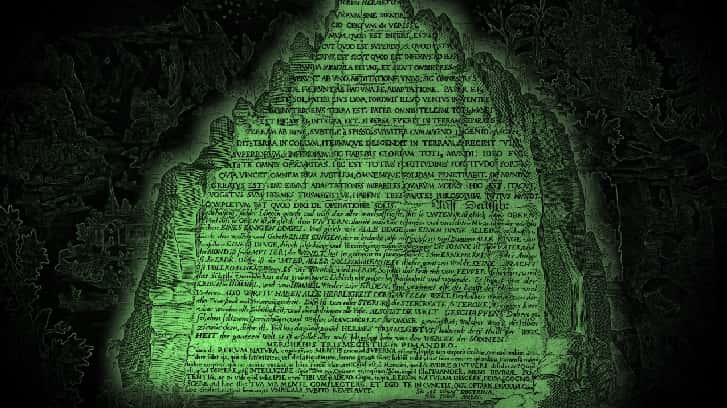
The authorship of the Emerald Tablets is debated, traditionally attributed to Thoth, the Egyptian god of wisdom, and linked to Hermes Trismegistus, a figure merging Greek and Egyptian traditions. Often considered part of the Hermetic Corpus, the tablets embody key Hermetic principles. Some believe they were written by multiple contributors, while others see them as divinely inspired. Despite the mystery surrounding their origin, the Emerald Tablets continue to captivate those seeking ancient wisdom.
No physical evidence supports the existence of the Emerald Tablets as actual artifacts. Scholars date the text to 600–750 CE, likely in Arabic, with some speculating it’s a translation of a lost Greek work. Myths, like those of Atlantis or the Ark of the Covenant, surround its origins but are unverifiable. Viewed as symbolic teachings, the tablets have inspired thinkers from alchemists to Isaac Newton, with their true power lying in the wisdom they convey.
The true origin of the Emerald Tablets remains unknown, but legends persist. Ancient Arabic texts describe a hidden tomb in Tyana where Hermes Trismegistus sat on a golden throne holding the tablet, first recorded in the 8th century Kitâb sirr al-Halîka. Later, mystic Maurice Doreal claimed to have found them in Egypt’s Great Pyramid but returned them after translating their secrets. Despite no physical evidence, these stories enhance the tablets’ mystique and the wisdom they are believed to hold.
The Emerald Tablets are said to hold ancient wisdom on alchemy, the soul, and the cosmos. At their heart lies the famous phrase "as above, so below," reflecting the idea that the universe and the self are deeply connected. Through symbolic language and mystical teachings, the tablets guide seekers on a path of spiritual transformation and inner awakening.
Today, the Emerald Tablets continue to inspire those seeking deeper meaning. Their messages align with modern spiritual practices, encouraging balance between the inner and outer worlds. More than just relics of the past, the tablets offer timeless insights for personal growth and cosmic connection.
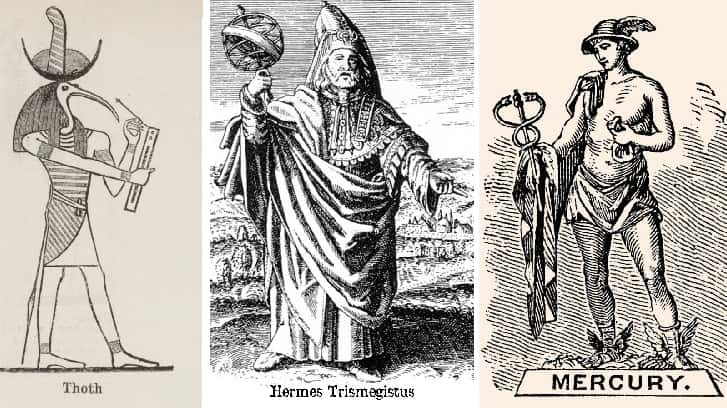
Decoding the Emerald Tablets isn’t about rushing through cryptic verses—it’s about slowing down to uncover layers of meaning hidden in symbols and metaphors.
Start your journey by understanding where the tablets come from. Rooted in 8th–9th century Arabic texts, they reflect a fusion of Egyptian and Greek thought—Thoth’s mysticism meets Hermes’ philosophy. Knowing this helps you separate ancient wisdom from modern interpretations.
The tablets don’t explain—they reveal. Alchemical symbols like Salt (the body), Sulfur (the soul), and Mercury (the spirit) are keys to understanding. So is the famous phrase “as above, so below”, which hints at a mirror between the cosmos and your inner world.
No single version tells the whole story. From Arabic to Latin to Isaac Newton’s translation, each interpretation adds a new layer. Comparing them can unlock hidden meanings and deeper truths.
Look for recurring themes—transformation, balance, light emerging from darkness. These metaphors aren’t just mystical—they mirror your own life journey and personal growth.
In short, reading the Emerald Tablets is like following a treasure map through time. The path isn’t always clear—but the insights are timeless.
The Emerald Tablets inspire modern seekers as guides for inner transformation, teaching that true alchemy is about refining the soul, not turning metal into gold. Their core message, “as above, so below,” highlights the connection between the universe and our inner world. Figures like Carl Jung saw them as maps of the psyche, and today their wisdom resonates in psychology, spirituality, and art, showing the enduring relevance of ancient truths.
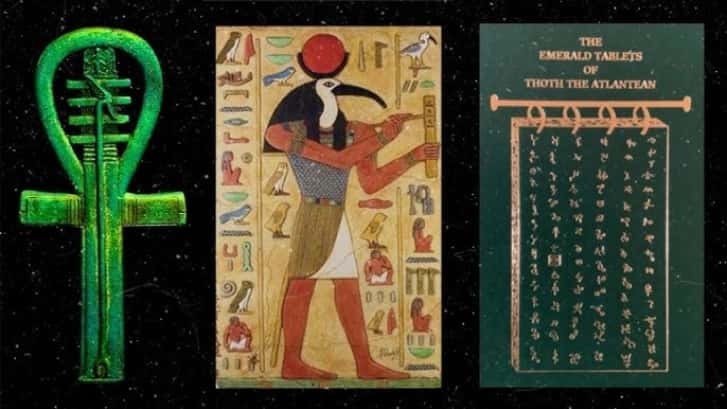
The Emerald Tablets blend history, mythology, and wisdom, leaving a lasting impact on Western esotericism. Despite no physical evidence of their existence, their core message, "as above, so below," has influenced countless spiritual and psychological teachings. Originating from 8th-century Arabic texts, their timeless wisdom continues to guide seekers, offering deep insights into transformation and the human journey.
The Emerald Tablets are ancient teachings attributed to Hermes Trismegistus, offering alchemical and philosophical wisdom. First appearing in medieval Arabic texts, they are not physical tablets but a collection of influential teachings in esoteric traditions.
The key principle, "As above, so below," connects the universe and the individual, showing how universal patterns reflect on both grand and personal scales.
Interpret the Tablets by understanding their history, decoding symbols, comparing translations, and exploring recurring themes with an open mind.
It highlights the link between the physical and spiritual worlds, suggesting that cosmic understanding can impact personal life.
The Tablets influence modern spirituality, alchemy, psychology, and New Age philosophies, offering insights into personal growth and the connection between the physical and spiritual realms.
The Emerald Tablets of Thoth are not 38'000 years old or from Atlantis, and were written in the 20th-21st century
The text of the tablet was translated into Latin in the twelfth century by Hugo of Santalla.
Hermes Trismegistus
The text of the tablet was translated into Latin in the twelfth century by Hugo of Santalla.
Unravel the myth of the Emerald Tablets. They’re a roadmap to soul transformation and universal understanding.
